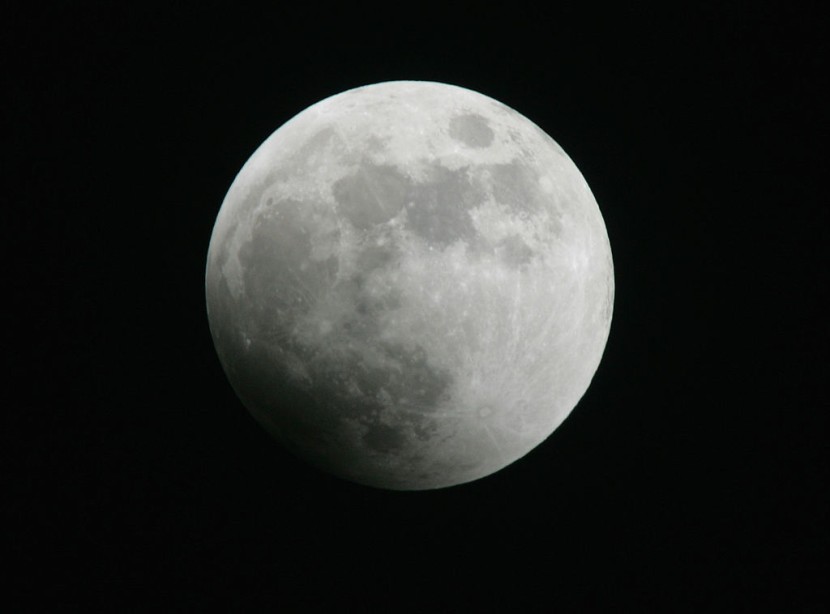
Astronomers discovered two craters on the moon after what is considered to be a mysterious rocket crash of a forgotten rocket stage that struck the far side of the moon in March.
Scientists still do not know for sure which rocket the wayward debris originated from and they continue to be perplexed about why the impact excavated two craters and not only one. Mark Robinson said that the incident was "cool" because it was an "unexpected outcome."
Mysterious Double Crater on the Moon
Robinson, a professor of geological sciences at Arizona State University and serves as the principal investigator for the camera aboard NASA's Lunar Reconnaissance Orbiter. The craft has been responsible for photographing the moon since 2009.
He reported the discovery of the craters on Friday on the website that stores images taken by the lunar orbiter. The controversy surrounding the rocket crash began in January when Bill Gray, who is the developer of Project Pluto, a suite of astronomical software used in calculating the orbits of asteroids and comets, tracked what seemed to be the discarded upper stage of a rocket, as per the New York Times.
The crash was found to have occurred at around 7:25 a.m. Eastern time on Mar. 4, but the exact orbit of the object was unknown. This means that there was some uncertainty about the time and place of the impact.
Gray noted that the rocket part was the second stage of a SpaceX Falcon 9 that launched the Deep Space Climate Observatory (DSCOVR) for the National Oceanic and Atmospheric Administration in February 2015.
According to CNN, the incident came as the moon lacks a protective atmosphere similar to our planet, causing it to be littered with craters created when objects like asteroids regularly slam into its surface. However, the recent discovery is the first time a piece of space junk unintentionally hit the lunar surface that experts know.
Craters on the Moon's Surface
But there have been previous instances of craters being a result of spacecraft deliberately being crashed into the moon. For instance, four large moon craters are attributed to the Apollo 13, 14, 15, and 17 missions and are all much larger than each of the two new craters discovered.
Gray later said that his initial theory of the rocket part being from a SpaceX rocket was wrong, changing his claim to the object coming from a 2014 Chinese lunar mission, which NASA has agreed with. However, China's Ministry of Foreign Affairs denied that the booster was from its Chang'e-5 moon mission
Chinese authorities said that the rocket in question burned up on re-entry into Earth's atmosphere. The situation comes as no agencies systematically track space debris so far away from our planet and the confusion regarding the origin of the craters has underscored the need for official agencies to monitor deep-space junk more closely.
So far, no spacefaring nation has taken credit, or blame, for the mysterious rocket part that struck the moon's surface. In a press release, NASA said, "Since the origin of the rocket body remains uncertain, the double nature of the crater may indicate its identity," Business Insider reported.
Related Article:
NASA Discovers Half-Exploded Star That Survived Supernova, Became Even Brighter
© 2025 HNGN, All rights reserved. Do not reproduce without permission.








